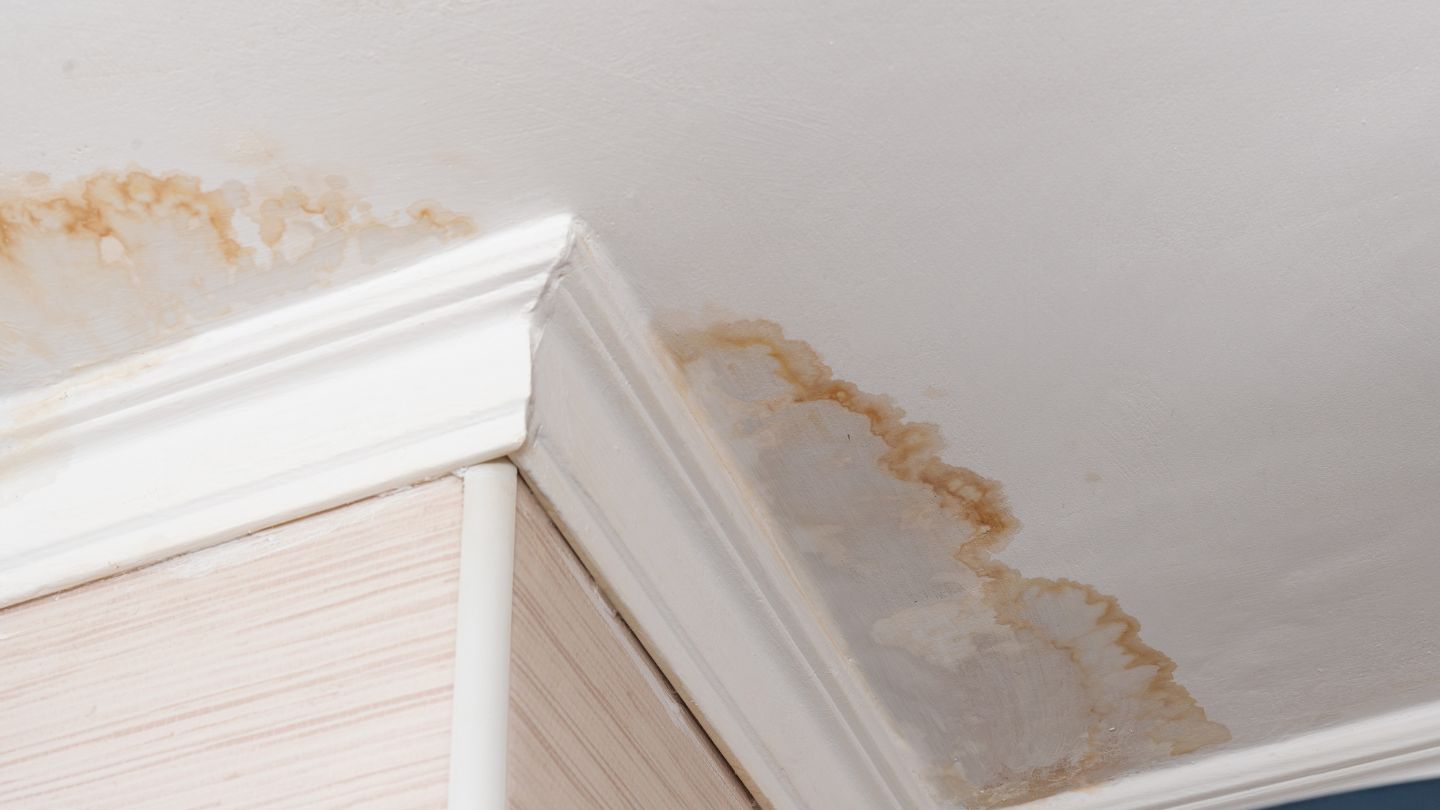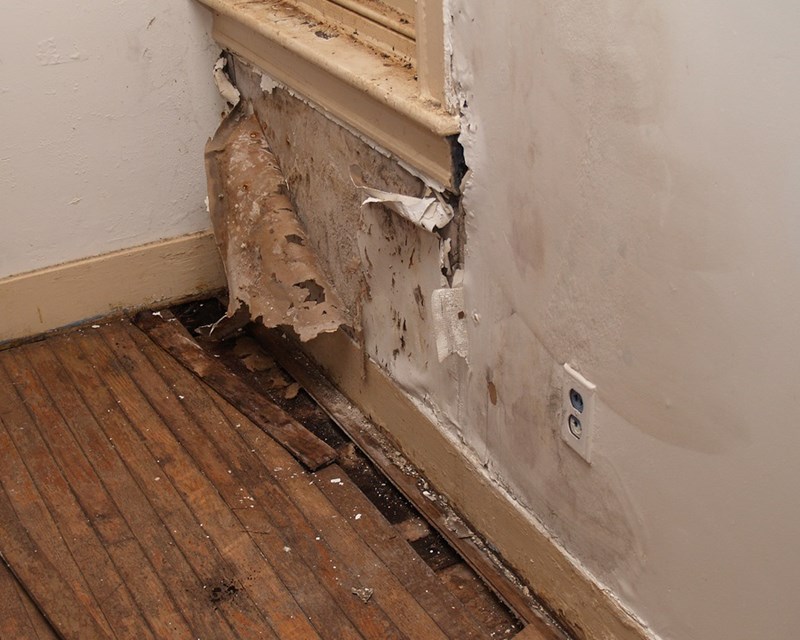The Refine of Water Damages Cleaning: Guaranteeing Your Home Is Brought Back Effectively
Water damages can be a complicated challenge for property owners, necessitating a careful and structured cleanup process to restore safety and security and functionality. At first, a comprehensive assessment is important to recognize the extent of the damage and determine the proper remediation procedures. Following this, reliable water removal techniques play a pivotal role in reducing further injury. Nonetheless, the nuances of drying out, sanitizing, and eventual reconstruction are equally necessary and usually ignored. Understanding these stages can make a considerable difference in the result of your home's reconstruction, prompting a closer appearance at what each step requires.
Analyzing the Damages
Upon finding water damage, the primary step is to extensively analyze the level of the influence. This preliminary assessment is important, as it assists identify the needed steps for effective cleanup and reconstruction. Begin by examining the influenced locations, including walls, ceilings, floors, and personal possessions, to determine the source of the water breach, whether from flooding, leakages, or condensation.
Documenting the damage is essential for both insurance policy claims and intending reconstruction initiatives - damage restoration services. Use pictures and created notes to record the severity of the damage, keeping in mind any type of damaged structural elements and materials. Pay special focus to areas that might not be quickly visible, such as behind wall surfaces and under rugs, as concealed wetness can lead to further issues, including mold growth
Additionally, analyze the timeline of the water exposure. The longer the materials continue to be wet, the higher the potential for damage. Recognizing the period of direct exposure will notify the seriousness of removal efforts. Inevitably, a thorough evaluation prepares for a successful water damage cleanup procedure, guaranteeing that all impacted locations are addressed successfully and completely.
Water Removal Strategies

Experts typically utilize submersible pumps for bigger quantities of water, which can rapidly alleviate flooding in basements or various other impacted areas. For smaller sized amounts, wet/dry vacuums are frequently made use of to draw out recurring wetness from rugs and tough surfaces. In addition, using mobile extractors enables for targeted removal in constrained rooms or areas with delicate products.
In instances of infected water, such as sewage or floodwater, progressed extraction techniques might involve making use of biohazard equipment to make sure safety and conformity with health policies. High-powered extraction devices are vital in decreasing water retention in structural products, which can lead to mold and mildew development and architectural wear and tear if not attended to promptly.
Ultimately, the performance of water extraction methods plays an essential function in the total success of the water damage cleaning procedure, laying the foundation for subsequent restoration efforts.
Drying and Dehumidification
When standing water has been properly removed, the next critical stage in the water damages cleanup procedure is drying and dehumidification. This action is vital to stop additional damages and mold development, which can occur within 24 to 48 hours in wet settings.
To achieve effective drying, specific equipment such as industrial-grade air movers and dehumidifiers is utilized. Air moving companies circulate air throughout damp surface areas, improving dissipation rates, while dehumidifiers lower moisture degrees in the air, promoting a favorable environment for drying out. The mix of these devices guarantees that moisture is drawn out from wall surfaces, home furnishings, and floors, enabling them to completely dry completely.
It is necessary to keep track of the drying procedure very closely. Specialists frequently use moisture meters to assess the wetness web content in numerous materials, making certain that all influenced areas get to appropriate dry skin degrees. This careful technique helps to protect against concealed dampness pockets that can cause structural damage or unhealthy mold growth.

Cleaning and Sterilizing
After the drying and dehumidification phase is complete, the following important action in water damages cleaning is cleaning up and sanitizing the affected areas. This process is crucial to stop the development of mold and mildew, microorganisms, and various other pathogens that flourish in moist settings.
The cleansing stage typically entails removing any debris, dust, and pollutants from surface areas utilizing specialized cleaning agents. For hard surface areas, a combination of soap and water or business cleansing products is typically utilized. Soft materials, such as furniture and carpetings, might call for extra comprehensive cleansing methods, consisting of vapor cleansing or deep removal strategies, to make certain thorough sanitation.

Sterilizing complies with cleaning, using EPA-approved anti-bacterials to remove hazardous microorganisms. This step is important, especially in locations that may have come into contact with floodwaters or sewer, as these sources can posture severe health and wellness risks.
In addition, it is very important to address any staying smells, which may require using smell neutralizers or advanced methods like ozone therapy. Appropriate cleaning and disinfecting not just recover the safety and More Bonuses security and health of your home yet additionally lay the foundation for successful repair and fixings in subsequent stages of the water damages clean-up procedure.
Repair and Fixings

When the evaluation is total, restoration initiatives can start. This usually includes fixing or changing damaged products, ensuring that all work complies with regional structure codes and standards. For circumstances, if drywall has actually been endangered, it will need to be removed and replaced with new material. Furthermore, floor covering may need similar attention, relying on the degree of water direct exposure.
It is crucial to engage experienced restoration specialists during this procedure, as they have the proficiency to manage intricate repair services efficiently. Additionally, they can aid minimize possible future concerns, such as mold and mildew growth or structural instability, therefore guaranteeing a secure and habitable living atmosphere. Ultimately, effective remediation and repair services restore the home's honesty and improve its total value.
Conclusion
Finally, the procedure of water damages cleanup is critical for recovering a home to its pre-damage condition. Each phase, from analyzing the damage to carrying out efficient water removal methods, complied with by thorough drying out, sanitizing, and needed fixings, plays water damage restoration service a vital duty in making certain security and conformity with building requirements. Effective implementation of these steps not only reduces prompt damages but also boosts the long-lasting honesty and value of the home.
Water damage can be an overwhelming challenge for property owners, demanding a thorough and organized clean-up process to recover Bonuses safety and performance. Eventually, a detailed evaluation lays the foundation for a successful water damages cleanup process, guaranteeing that all impacted locations are resolved effectively and thoroughly.
Effective water removal techniques are crucial in minimizing damages and stopping more problems adhering to a water invasion event.In final thought, the procedure of water damages cleanup is vital for recovering a home to its pre-damage condition. Each phase, from assessing the damages to executing effective water removal methods, adhered to by complete drying, sanitizing, and necessary fixings, plays a necessary duty in ensuring safety and security and compliance with building standards.